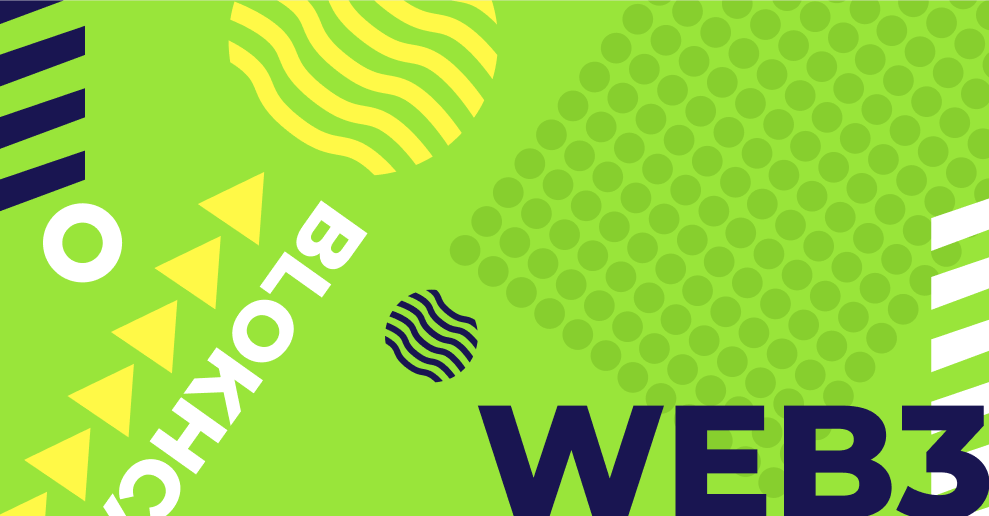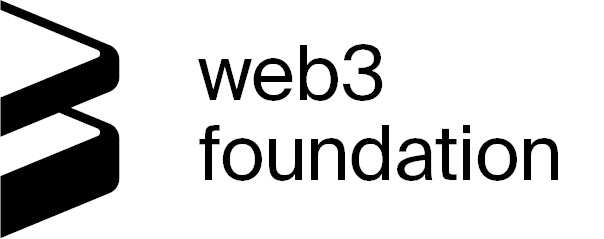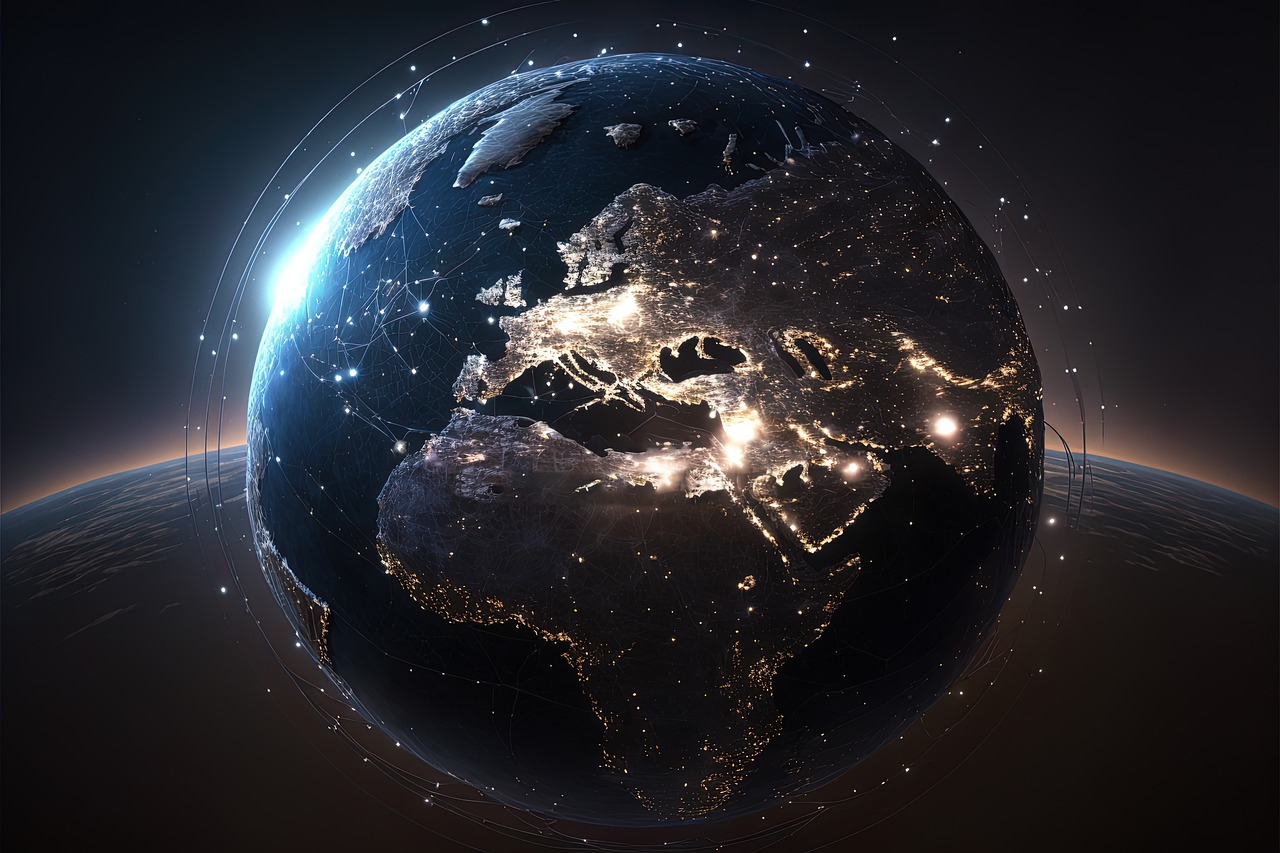
Web3, the decentralized internet built on blockchain technology, has been hailed as the next big thing in the digital world. With increased security, efficiency, and openness, it promises to revolutionize our lives. Though the skepticism remains as prominent figures such as Jack Dorsey and Elon Musk criticize Web3, and many people are still unaware of it. This article examines how Web3 could impact various aspects of our lives and whether it can overcome these challenges to become the future of the internet.
How Web3 Addresses Web 2.0’s Shortcomings
Web 2.0, characterized by user-generated content and the dominance of a few tech giants, raised concerns about user privacy, data ownership, and limited competition. Web 3 aims to rectify these issues using blockchain technology to decentralize control, allowing users to own and monetize their data. By leveraging smart contracts, decentralized applications (dApps), and decentralized autonomous organizations (DAOs), Web3 provides alternatives to centralized platforms, reducing the power imbalance between users and tech giants.
In a Web3 environment, users can maintain control over their personal data and decide how it is shared, monetized, or used. Furthermore, Web3’s decentralized nature can encourage more competition, as users can seamlessly switch between platforms without losing their data or connections. This increased competition may lead to better services and fairer revenue distribution among creators and users.

The Potential Impact of Web3 on Work, Media, and Interaction
Work:
Web 3 may enable remote work and global collaboration, empowering individuals to connect with colleagues and partners from around the world. Blockchain technology can facilitate secure, transparent, and efficient transactions, making it possible for people to start their own businesses and become their own bosses. Web3 also has the potential to create new income opportunities through decentralized services, such as decentralized finance (DeFi), and digital assets like non-fungible tokens (NFTs), enabling users to monetize their skills and creations in innovative ways.
Media:
Web3 could disrupt traditional media consumption, enabling users to access content without subscriptions and promoting independent content creation and sharing. Blockchain-based platforms can help creators earn fair compensation for their work by allowing direct transactions between creators and consumers, bypassing intermediaries. Web 3 could foster new forms of media, such as decentralized social networks and virtual reality experiences, which prioritize user ownership and control.
Interaction:
Web3 might foster immersive and engaging experiences, such as virtual events and global connections, and enable the creation and sharing of user-generated content like virtual worlds and creative works. Through decentralized virtual spaces, users can interact with each other in more meaningful ways, while maintaining control over their digital identities and assets. Web3 can facilitate the creation of decentralized communities, where users can collaborate on projects, share resources, and make collective decisions through DAOs.

Security Enhancements Through Blockchain Technology
Web 3’s underlying blockchain technology provides enhanced security due to its decentralized nature, making it difficult for hackers to manipulate or steal data. The distributed ledger technology ensures that data is stored across multiple nodes, creating a transparent and tamper-resistant system. This increased security can help protect sensitive information, prevent fraud, and maintain user privacy. Additionally, advanced cryptographic techniques used in blockchain technology can ensure data integrity and secure communication between users and platforms.
Addressing Regulation and Education Challenges
Web3 faces regulatory uncertainty and a lack of public awareness. Addressing these challenges will require the development of a clear regulatory framework that promotes innovation while protecting users and ensuring fair competition. Collaboration between policymakers, industry leaders, and experts is essential to develop regulations that strike a balance between encouraging growth and maintaining stability.
Increased education efforts are also crucial for widespread Web3 adoption. Educational institutions, government organizations, and private entities can collaborate to create programs and resources that inform users about the benefits and risks of Web 3 technologies. Public awareness campaigns can promote understanding and drive adoption by highlighting real-world applications and success stories.
Encouraging Diversity in the Web3 Ecosystem
The current male-dominated landscape of Web 3 may limit its potential to reach wider audiences. Encouraging more female and minority developers to participate in the ecosystem requires improving access to education, resources, and promoting diverse role models. Initiatives such as scholarships, mentorship programs, and targeted recruitment efforts can help increase diversity within the Web3 community.
Additionally, fostering inclusive work environments and celebrating the achievements of underrepresented groups in the Web3 space can help create a more diverse and innovative ecosystem. A diverse Web3 community can contribute to the development of products and services that cater to a broader range of user needs and preferences, ultimately driving greater adoption and success.
Expert Opinions and Skepticism
Some prominent figures like Twitter co-founder Jack Dorsey and Tesla CEO Elon Musk have expressed skepticism towards Web 3, calling it a venture capitalist ploy or a marketing buzzword. Addressing these criticisms requires demonstrating the real-world benefits and long-term viability of Web 3 through successful projects and tangible improvements to the internet experience. Showcasing use cases where Web3 has made a positive impact can help counter skepticism and strengthen confidence in the technology.
The Potential of Web 3 in 2023
Web3 holds the potential to revolutionize our lives and reshape the internet as we know it. However, significant challenges remain, including regulatory uncertainty, public awareness, diversity, and skepticism from prominent figures. By addressing these issues and demonstrating the practical benefits of Web3, it may yet overcome these hurdles and fulfill its promise as the future of the internet. Collaborative efforts between policymakers, industry leaders, educators, and the Web3 community will be essential in overcoming these obstacles and unlocking the true potential of this transformative technology. As we navigate this evolving digital landscape, it’s crucial to remain adaptable, open-minded, and committed to building a more inclusive, secure, and decentralized internet for all.
